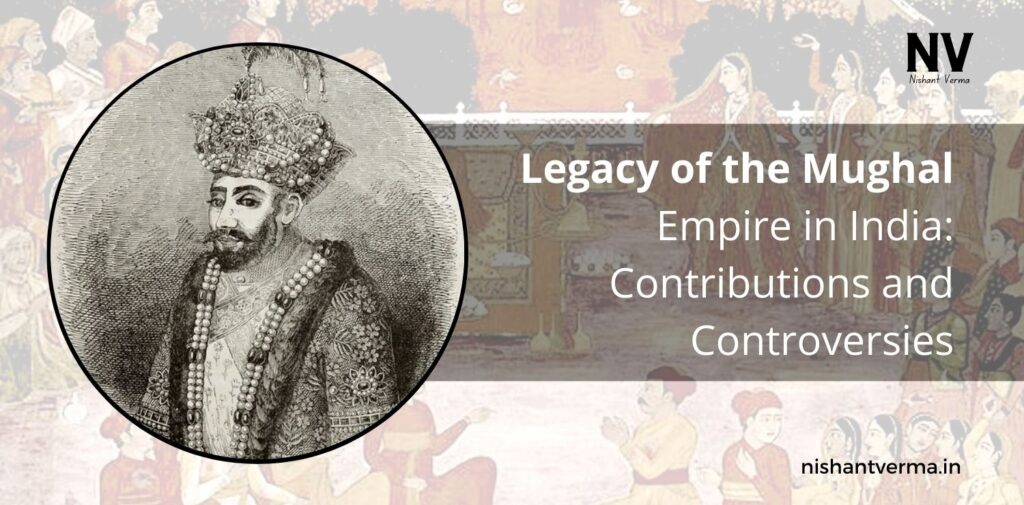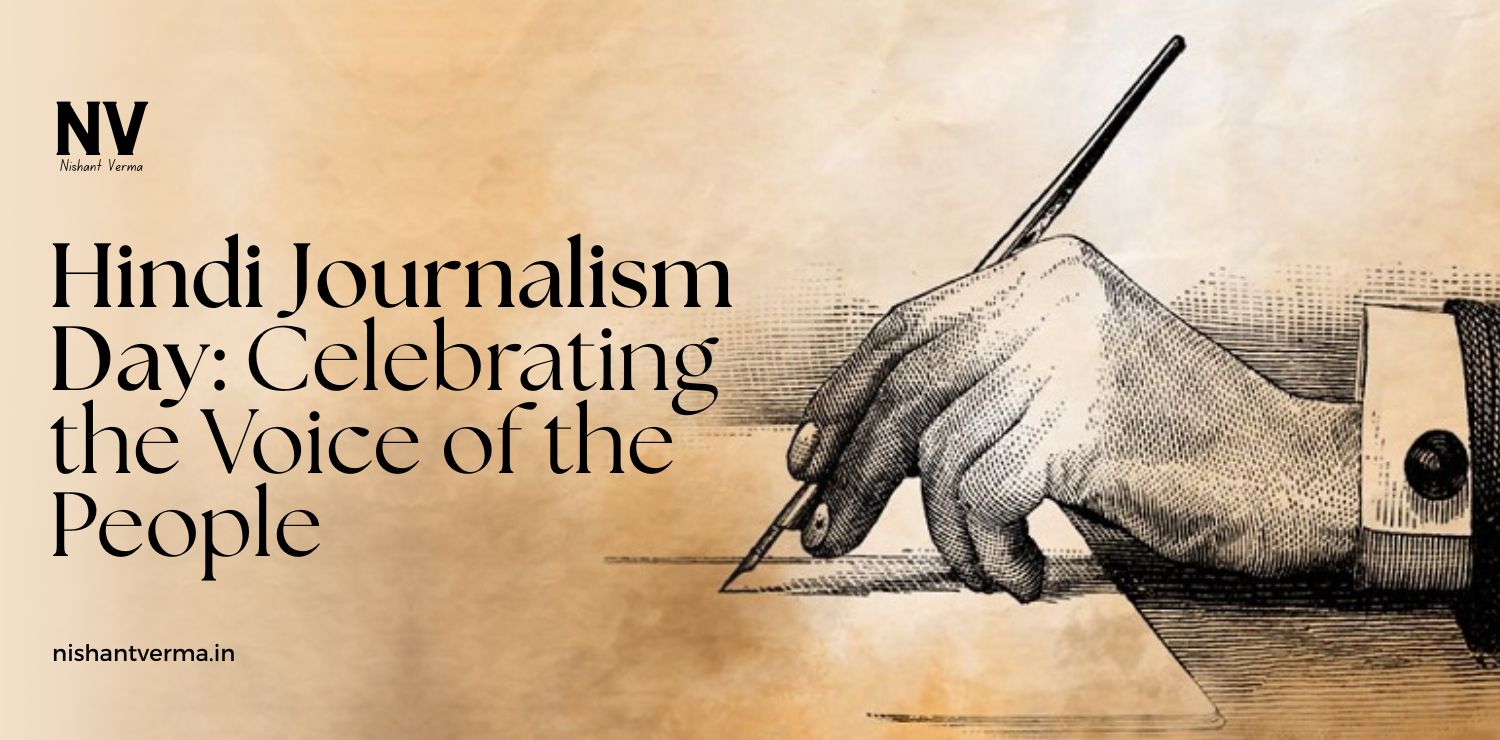The Mughal Empire was one of the most significant empires in Indian history. It lasted for more than 300 years, from the early 16th century to the mid-19th century. The Mughal emperors were known for their military conquests, their contributions to culture, and their role in shaping the history of India. However, the legacy of the Mughals is also controversial. While they made significant contributions to India’s art, architecture, and administration, they also imposed policies that some argue damaged or suppressed Indian culture, particularly Hindu traditions. This article will explore both the contributions and the controversies surrounding the Mughal Empire.
The Rise of the Mughal Empire
The Mughal Empire was founded by Babur in 1526 after his victory at the Battle of Panipat. Babur, a descendant of Timur and Genghis Khan, established Mughal rule in India after defeating the Delhi Sultanate. His descendants, most notably Akbar, Jahangir, Shah Jahan, and Aurangzeb, would go on to build one of the most powerful empires in the world.
During its peak, the Mughal Empire controlled much of the Indian subcontinent. The empire was known for its rich culture, fine art, and architectural wonders. The Mughal emperors, especially under rulers like Akbar and Shah Jahan, implemented policies that promoted art, culture, and religious tolerance. However, under later rulers like Aurangzeb, the empire became more rigid in its approach to governance, leading to tensions with India’s majority Hindu population.
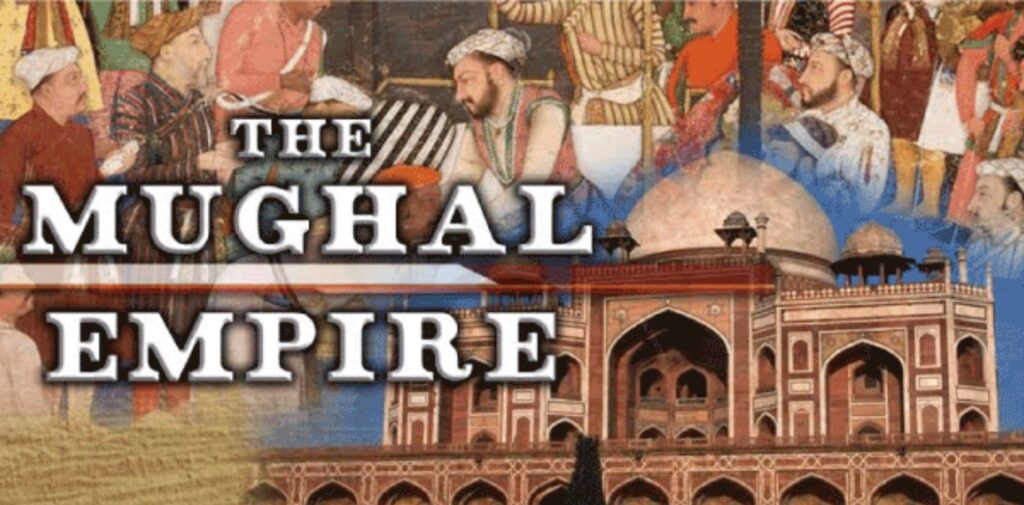
Contributions of the Mughal Empire
Architecture and Art
One of the most enduring legacies of the Mughal Empire is its architecture. The Mughals built some of the most iconic structures in India, many of which are still admired today. The Taj Mahal, built by Emperor Shah Jahan in memory of his wife Mumtaz Mahal, is perhaps the most famous example of Mughal architecture. This marble mausoleum is considered one of the wonders of the world and represents the height of Mughal architectural achievement.
Other important Mughal architectural marvels include the Red Fort in Delhi, Humayun’s Tomb, the Jama Masjid, and Fatehpur Sikri. These structures reflect a unique blend of Islamic, Persian, Turkish, and Indian styles, which became a hallmark of Mughal architecture. The use of intricate designs, grand structures, and gardens became a defining feature of Mughal buildings.
In addition to architecture, the Mughals contributed significantly to the development of art. Mughal painting, a fusion of Persian and Indian styles, flourished during the reign of Emperor Akbar. Artists created beautiful miniature paintings depicting court life, battles, and historical events. Mughal rulers were also patrons of music and literature, which helped Indian culture to thrive under their rule.
Cultural Synthesis and Religious Tolerance
The Mughal rulers, especially Akbar, are often credited with promoting cultural and religious tolerance. Akbar’s policy of “Sulh-e-Kul” (peace with all) aimed to create harmony between Hindus, Muslims, Sikhs, and others in the empire. He abolished the jizya tax on non-Muslims, encouraged interfaith dialogue, and even married Hindu princesses. Akbar invited scholars from different religions to debate and discuss matters of philosophy and religion at his court.
Akbar’s attempt to integrate Hindus into the administrative structure of the empire was a notable achievement. Many Hindus were appointed to high positions in the Mughal administration, and the empire saw a period of relative peace and prosperity for most of the population.
Administration and Governance
The Mughal Empire was also known for its effective administrative system. The Mughals introduced a centralized form of governance, which included a well-organized bureaucracy. The emperors established a system of land revenue collection that was highly efficient. Akbar, for example, introduced the “Zabt” system, which standardized revenue collection and helped stabilize the empire’s economy.
The Mughal system of administration was based on a hierarchy of officers, including the emperor, ministers, governors, and officials. This structure provided the empire with a sense of order and stability, which allowed it to maintain control over a vast and diverse territory.
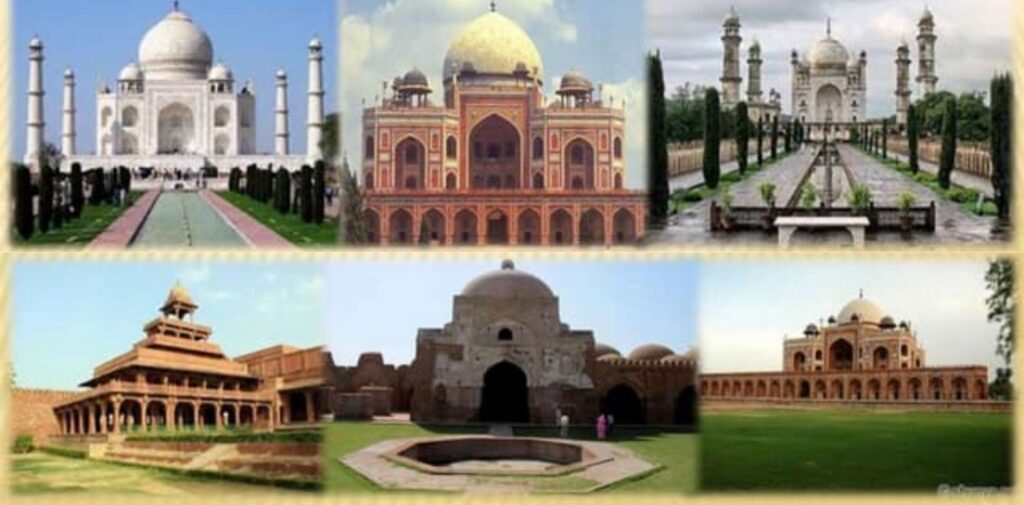
Controversies and Criticisms of the Mughal Empire
While the Mughal Empire made many contributions to Indian society, its legacy is not without controversy. One of the major criticisms of the Mughals is the impact they had on Hindu culture and religion. Several aspects of Mughal rule are seen by critics as attempts to suppress or destroy Indian traditions.
Destruction of Hindu Temples and Religious Practices
One of the most significant controversies surrounding the Mughals involves the destruction of Hindu temples and the persecution of Hindus. Emperor Aurangzeb, in particular, is often criticized for his policies towards Hindus. During his reign, he ordered the destruction of several Hindu temples, including the famous Keshava Deva Temple in Mathura and the Vishwanath Temple in Varanasi. These actions led to widespread anger among the Hindu population.
Aurangzeb’s reign was marked by the re-imposition of the jizya tax on non-Muslims and the promotion of Islamic orthodoxy. His policies were in sharp contrast to those of his great-grandfather Akbar, who had embraced religious tolerance. The destruction of temples, combined with the heavy taxation of non-Muslims, led to significant resentment among Hindus.
Some historians argue that these actions were politically motivated and were part of Aurangzeb’s efforts to consolidate power and suppress local revolts. Others, however, see them as a deliberate attempt to marginalize Hindu culture and religion in favor of Islam.
Imposition of Islamic Culture
Another point of controversy is the imposition of Islamic culture and practices during Mughal rule. While the Mughals were initially known for their tolerance towards different cultures and religions, later rulers like Aurangzeb adopted more conservative policies. For example, under his rule, Islamic practices such as the banning of music, dance, and the consumption of alcohol became more widespread.
The Mughal court had once been a center of patronage for art, music, and literature, but during Aurangzeb’s reign, many of these cultural practices were suppressed. His strict interpretation of Islam led to a decline in the cultural flourishing that had been seen under earlier Mughal rulers.
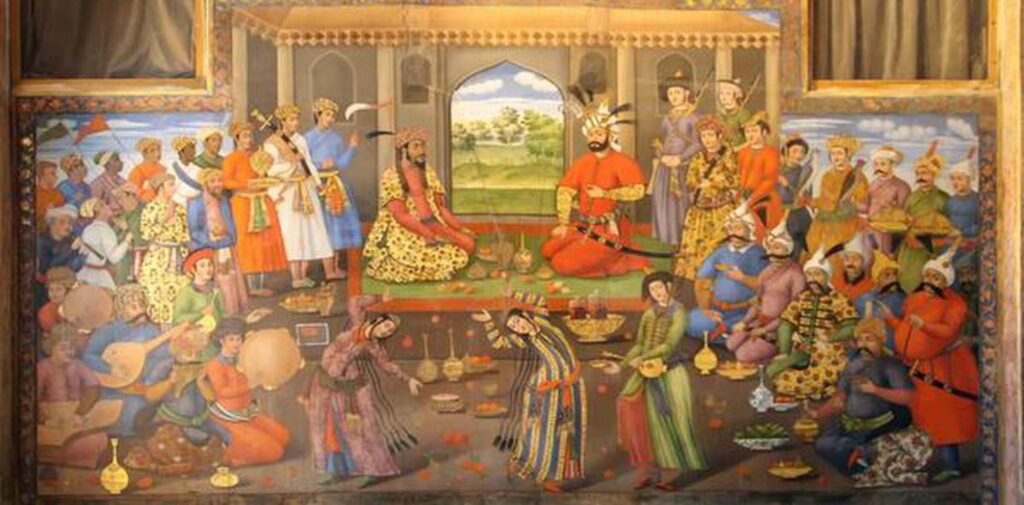
Impact on Hindu Society and Culture
The policies of the Mughal Empire, especially under rulers like Aurangzeb, had a lasting impact on Hindu society and culture. The destruction of temples, forced conversions to Islam, and imposition of taxes on Hindus led to a sense of alienation among the majority Hindu population. The decline of Hindu political power during Mughal rule also led to the weakening of indigenous traditions and practices.
Hindu rulers and kingdoms, such as the Marathas, Rajputs, and Sikhs, resisted Mughal rule in various ways. The Marathas, in particular, emerged as a strong military force that challenged Mughal authority in the 17th and 18th centuries. The rise of regional powers like the Marathas and Sikhs can be seen as a response to the Mughal attempts to control and suppress Hindu culture.
Economic Exploitation and Decline
Despite the initial prosperity under the Mughal Empire, by the 18th century, the empire was facing economic difficulties. The constant warfare, heavy taxation, and corruption in the administration led to a decline in the empire’s economic health. The wealth of the Mughal Empire was being drained, and the quality of life for ordinary people, particularly Hindus, declined.
The later Mughals were unable to maintain the centralized power structure that had been established by earlier rulers, leading to a fragmented and weakened empire. This decline made India vulnerable to foreign invasions and ultimately contributed to the rise of British colonialism in the 19th century.
Conclusion: The legacy of the Mughal Empire
The legacy of the Mughal Empire is a complex mix of contributions and controversies. On the one hand, the Mughals made significant contributions to Indian culture, architecture, and administration. They promoted religious tolerance, fostered a rich cultural environment, and left behind some of the most iconic structures in Indian history.
However, the Mughal Empire was also responsible for actions that negatively impacted Hindu culture, especially under rulers like Aurangzeb. The destruction of temples, persecution of Hindus, and the imposition of Islamic orthodoxy created divisions that continue to affect India’s historical memory today. The legacy of the Mughal Empire, therefore, remains both a source of pride and a point of contention in the history of India.
While the Mughal rulers are often praised for their cultural achievements, the controversies surrounding their treatment of Hindus and their policies towards Indian traditions cannot be ignored. This dual legacy of the Mughal Empire continues to shape the way we view India’s past and its diverse cultural heritage.

